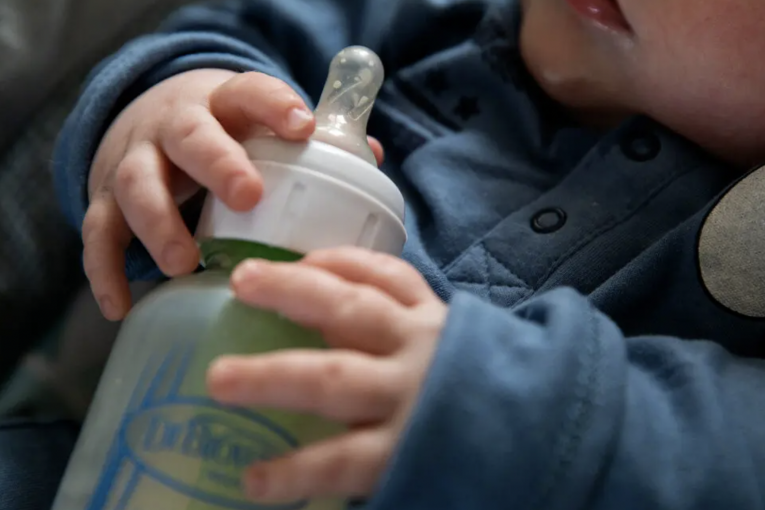

By Ariana Ceballos
A research paper published by Australian researchers in the journal of eBioMedicine on a potential cause for SIDS (Sudden Infant Death Syndrome) has taken media outlets by storm. The headlines of articles read that the study’s discovery was the direct cause of this perplexing malady. But this is far from the truth. SIDS is still very much a mystery and current “treatment” for the syndrome, such as recommended sleeping positions for infants, should not be dismissed. Research for SIDS is still ongoing. This discovery is an advancement in our understanding of the disease but not the complete picture that many people, especially parents, are hoping for.
According to the Centers for Disease Control and Prevention (CDC), each year, “there are about 3,400 Sudden Unexpected Infant Deaths (SUID) in the United States.” SIDS is recognized as a diagnostic of SUID along with unknown cause, accidental suffocation, and strangulation in bed. These deaths happen among babies less than 1 year old, and there is no clear cause for their passing. With no clear cause or cure, research has been done to help reduce the danger of SIDS.
According to the CDC, a caregiver should take precautions when placing their infant in bed. The infant should be on their backs when sleeping at all times, have a firm mattress or a flat sleep surface in a safety-approved crib, and sleep in the same room as their guardians for at least 6 months or ideally until they are 1 year old. These recommendations are for the most part accessible and simple for parents to do, but SIDS remains an ongoing threat.
The SIDS research study was published on May 6th in the journal eBioMedicine and it described the researchers’ process of examining an enzyme known as butyrylcholinesterase (BChE). A post for Slate described this enzyme as “part of the cholinergic system, a brain system that regulates aspects of sensory processing, arousal (wakefulness), sleep, and other neural activity.” The scientists measured levels of BChE by taking blood samples from 67 newborns that died from SIDS and compared them with the levels from babies in a control group.
Infants who died of SIDS had lower levels of BChE than living babies and those who died from other unknown causes. CNN reported that “more research is needed to determine whether BChE tests might be able to identify and prevent future SIDS cases.” While this study does not give us the hope that many of us were seeking, it should not be completely dismissed. It is an advancement in current research being done with SIDS
Dr. Carmel Harrington, the researcher who led the study, is an honorary research fellow at the Children’s Hospital at Westmead in Australia. Dr. Harrington lost her own child to SIDS. The CNN report included Dr. Harrington’s quote to Sydney Children’s Hospitals Network: “Babies have a very powerful mechanism to let us know when they are not happy…if a baby is confronted with a life-threatening situation, such as difficulty breathing during sleep because they are on their tummies, they will arouse and cry out…this research shows us that some babies don’t have this same robust arousal response.” Dr. Harrington spoke with a motherly instinct.She has to constantly revisit this malady that has caused her pain in the past.
It’s inspiring to see research on SIDS having both scientific encouragement, as well as personal motivation from researchers. These researchers are dedicating their valuable time and attention to stop other parents from experiencing the same heartbreak they suffered in their lifetimes because of SIDS.
First Candle is a national organization that focuses on “eliminating sleep-related infant death and supporting families.” Its CEO, Alison Jacobson, is aware of the research taking place and encourages parents to stay cautious. She stated: “This is progress, and for that, we should be optimistic, but it’s not the entire answer. She also added that she is concerned “with parents having a false sense of security and adopting unsafe sleep practices” because of the development of a test for SIDS. Like any other aspect of SIDS research, it’s important to understand that this is a new development— not a direct solution to the problem, or something that replaces the precautions parents should still be taking.
Research in finding a direct cause for SIDS has a long way to go. This new discovery shows the public its strengths and, most importantly, the activeness of the study, as researchers are motivated to find a cause and develop cures so infants can live their fullest lives.





